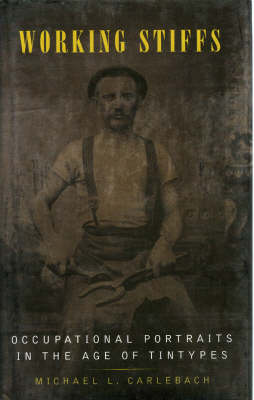The tintype, patented in 1856, was a cheap, fast, easy-to-make, practically indestructible type of photograph that became enormously popular among the working class in the late nineteenth century. For common laborers and their families, the opportunity to join the ranks of those who owned pictures of family and friends-the upper classes-was momentous. This collection exhibits more than eighty examples of a specific kind of tintype: occupational portraits, photographs of working people with the tools of their trade. Michael L. Carlebach examines the historical significance of these tintypes and finds that they reveal a great deal about late nineteenth-century values. The subjects of these images are plumbers proudly holding their wrenches and pipe cutters, carpenters with their saws and lathing hatchets, textile workers with their spindles and yarn, icemen with their tongs. These people lived and worked at a time when a depersonalized factory system run by production and efficiency experts was beginning to dominate American industry and culture.
Many of the men and women in these tintypes were part of a disappearing class of self-employed artisans and journeymen; their portraits proudly stress their individuality and the essential nobility of their work. The most common reaction of historians to tintypes has been undisguised contempt or, at best, indifference. The photographs were generally seen as hopelessly unartistic and common. Yet Carlebach celebrates these anonymous portraits and finds that they say as much about today's working Americans-who are much more likely to document their toys and leisure activities than their professions-as they do about the working men and women who proudly sat for them in a much different age.
- ISBN10 1588340678
- ISBN13 9781588340672
- Publish Date 17 September 2002
- Publish Status Out of Print
- Out of Print 25 March 2015
- Publish Country US
- Publisher Smithsonian Books
- Imprint Smithsonian Institution Scholarly Press
- Format Hardcover
- Pages 144
- Language English
